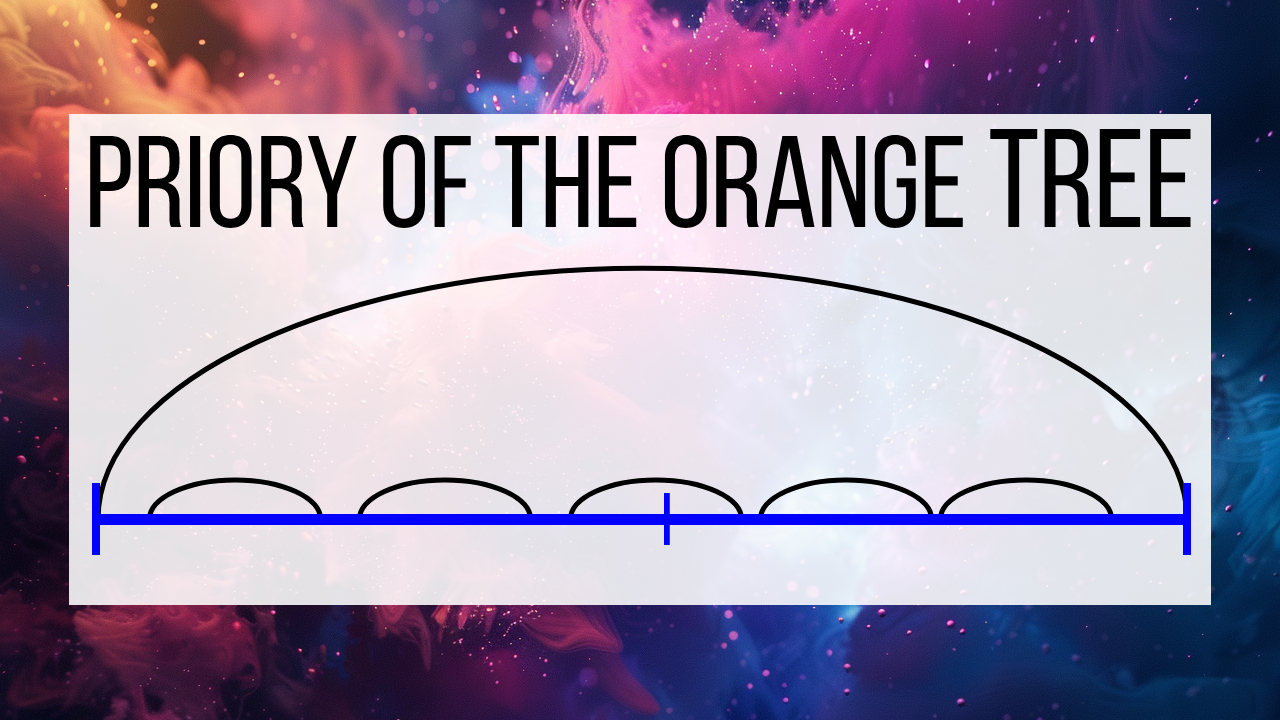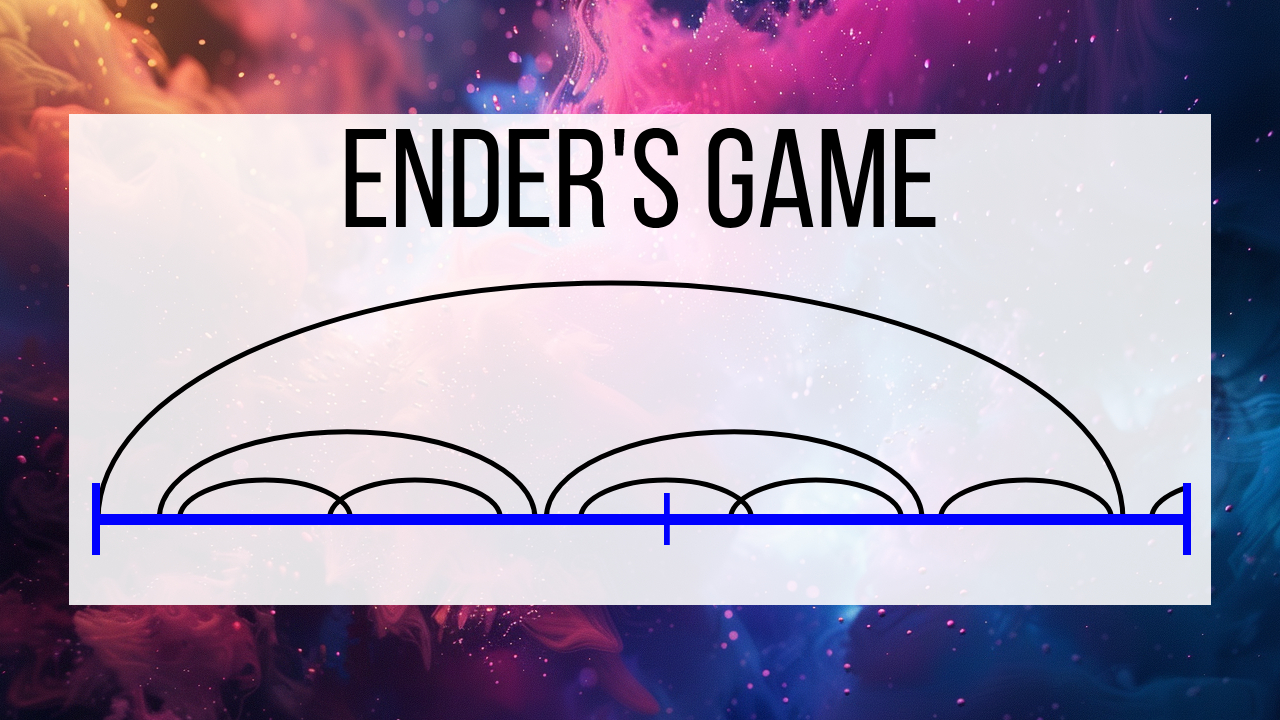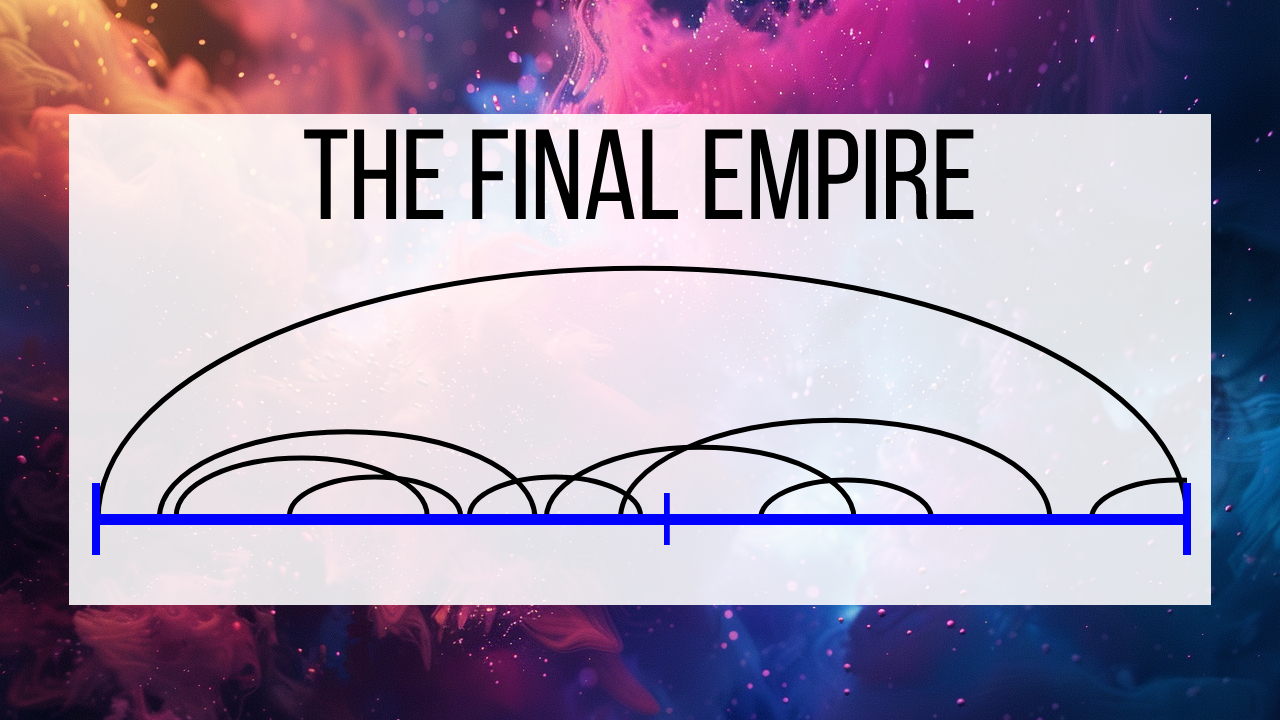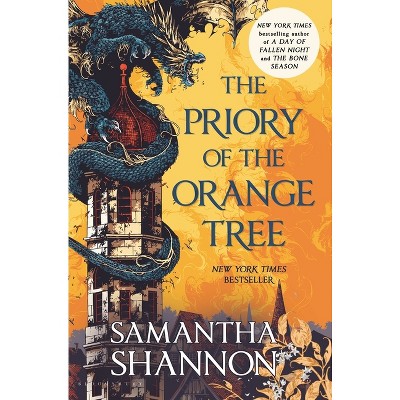Story Arcs can describe all kinds of different journeys and resolutions within your story. I actually had a really tough time settling on the right word for this video. I needed a term that could describe the journey of an entire plot, an entire character journey, and every little mystery and resolution that happens to move the story along.
I recently read The Priory of the Orange Tree by Samantha Shannon and had some immediate issues with how the story arcs were presented.
In this story, which is a perfectly fine story, I was lulled into a repeating pattern of expectation. You see, in this book, there are a lot of events that happen. It’s just over 800 pages of a long, epic fantasy story. And, this book did a lot right. It had really great worldbuilding and showcased three differing religions that were all linked together by a common story. It was really well-done.
But what wasn’t done well was the trust in the reader.
Let me explain:
This book features four different perspective characters. There is already trust in the reader that they will be able to follow and respond to four different characters. However, that trust in the reader didn’t extend to the happenings of the plot.
In the Priory of the Orange Tree, there are a dozen different riddles, puzzles, and stories presented to the characters (and the reader) that are immediately resolved and answered. For example, one character receives a riddle about where a legendary weapon is hidden. They immediately know where it is. And, within 20 or 30 pages, they have the weapon in their hands. Another time, it is suddenly presented that a character has a lump in their side. A doctor removes the lump. They identify the lump as a magic jewel. All of this is presented and resolved in 20 or 30 pages.
These are just some examples that I can reference off of the top of my head that don’t contain spoilers. Time and time again, a plot arc is presented and then immediately resolved without it feeling like the characters really struggled with anything. It felt like the resolution wasn’t earned.
If I were to diagram out the arcs of the story, it might look like this:

It’s a simplified version, but still pretty accurate. Important to note here is that this book doesn’t overload you with unanswered questions. Throughout the story, everything is neatly presented and answered immediately.
Sidenote: I haven’t read any other books by Samantha Shannon so I do not know if their other books reflect this same sort of story. Let me know!
One of my favorite stories, Ender’s Game by Orson Scott Card, has a series of arcs that look closer to this:

In a book like Ender’s Game, there are very clear overarching journeys (Ender’s journey through Battle School as a recruit, Ender’s journey through Battle School as a commander, and finally Ender’s journey through Command School). Within each of these journeys are all of the other battles that Ender has to win. He has a clear direction that he must move and clear problems presented to him that he must address.
All of these journeys weave in and our through the story.
Also note the tail end of this story, where a new arc is presented that leads us to the next book in the series.
Another book, like The Final Empire by Brandon Sanderson, leans moreso into the overlapping arcs. It’s a fantasy book, yes, but also a heist book. Combining genres like this allows Brandon Sanderson to use the best parts of each genre to tell a story.

Looks chaotic, huh? While the graph may not look nice and tidy, the way the story is presented keeps things from being confusing. The chaotic nature of the stories being introduced and resolved mean that there is a feeling of mystery as the reader cannot prepare for what questions are answered next.
In this story, Sanderson also has multiple arcs that cannot be resolved by the characters immediately. Once they answer other questions, there’s a sort of chain reaction as newly uncovered answers lead to resolving more arcs.
This is extremely satisfying as a reader.
The reader is left on their toes. They don’t know what will happen next. They never know when a vital piece of information will be uncovered. Moreso, there are times where there are multiple questions hanging over the reader (and the characters) head.
This is what was truly lacking with the Priory of the Orange tree.
Takeaways
Trust your readers. Make resolution to story arcs feel earned. Don’t think that your story needs to be nice and tidy.
If at all possible, create questions that the characters cannot easily solve until new information is revealed.

